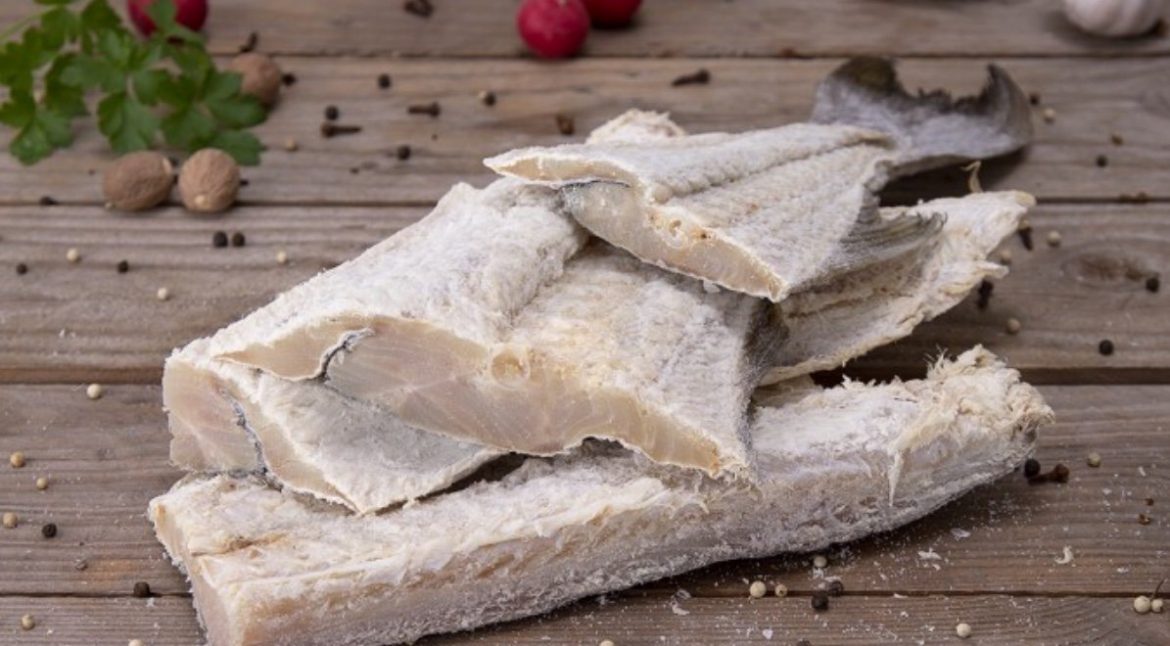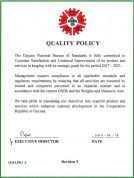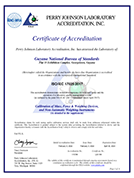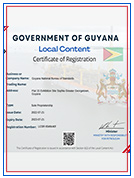Salted fish, whether dried, wet or in brine, is a delicacy in Guyanese creole dishes including the famous salted fish with bakes made for breakfast. This product is also exported to other countries including Jamaica, Trinidad and Tobago and the United States of America. As with other food products, the quality of salted fish could easily be compromised during its processing, which created the need for a National Standard.
The Guyana National Bureau of Standards (GNBS) has developed the Standard Specification for Salted fish and dried salted fish (GYS 53:2016) which can be used by producers in the local industry to ensure that they consistently provide a quality product.
The standard applies to fish and dried fish, which have been fully saturated with salt, or to salted fish which have been preserved by partial saturation to a salt content not less than 12% of its weight. Salted fish produced according to the requirements of this standard may be offered for consumption without further industrial processing.
The standard defines salted fish as fish that have been treated by either brining, brine injection, dry-salting, pickling or wet-salting or a combination of these processes. In addition, the standard describes salted fish as a product obtained from a range of fishes including shark, snapper, mackerel and catfish.
The document covers the various processes of salting and drying. Salting includes dry salting, wet salting (pickling) and brining. Meanwhile, drying could take the form of natural drying where the fish is dried by exposure to the open air, and artificial drying where the fish is dried in mechanically circulated air. A combination of both natural and artificial drying methods is recommended.
To ensure a quality product, the national standard stipulates that salted fish should be prepared from safe and wholesome fish, fit for human consumption. In addition, salt used should be clean, free from foreign matters and foreign crystals, and show no signs of contamination or dirt, oil, bilge or other extraneous materials.
Requirements for food additives, packaging materials, labelling, hygiene, handling, storage and transport of salted fish are outlined in the standard to guide producers. Further, food-grade materials must be used for packaging salted fish, which must be labelled appropriately with the name of the food, for example “salted fish” or “dried salted fish”. Labelling must also include the lot identification for traceability purposes and the name and address of the manufacturer.
Procedures for sampling, examination and analysis are also included in the document which are relevant to the determination of the quality of salted fish. Specifically, they help in the determination of net weight, water content, salt content, toxic heavy metals and the preparation of fish samples.
Conformance to this national standard would ensure that consumers buy salted fish which is wholesome. The standard considers salted fish to be defective if foreign matters such as wood chips and bird droppings are included. Additionally, if the product has an objectionable odour, it is pink/reddening, if it is texturally broken down or has halophilic mould. Other signs of defect include severe burning, intense bruising and the presence of heavy metals. These characteristics can adversely impact the taste, preference and health of consumers.
Local producers of salted fish across Guyana are encouraged to acquire a copy of this standard from the GNBS and to implement the requirements. Meeting the requirements will provide a competitive advantage and ensure consistency in the quality of salted fish offered to consumers.
For further information, contact the GNBS on telephone numbers: 219-0064-66 or Whatsapp us on 692-4627. Please visit our website: www.gnbsgy.org and like our Facebook page: gnbsgy






